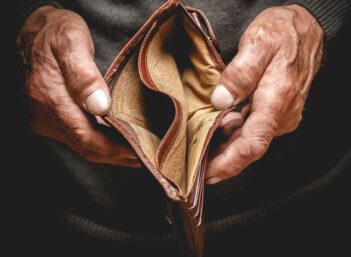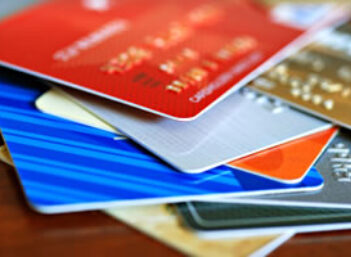What is a Bank Identification Number (BIN)?
A bank identification number (BIN) identifies and verifies parts of a bank transaction.
How Does a Bank Identification Number (BIN) Work?
For example, when you purchase something with your Visa card, the vendor and the payment processor receive a six- to nine-digit ID number. The first six digits identify the type of credit card (i.e., whether it's a MasterCard, Discover, Visa card or one from a department store) and the bank that issued the card.
When an electronic system validates a card transaction, part of the process is checking a database of BINs. (The American Bankers Association assigns and distributes BINs.) It keeps these BINs in a secure, nonpublic database. The configuration and data in the database can vary by country (for instance, BINs are only four digits in some countries).
Why Does a Bank Identification Number (BIN) Matter?
BINs help merchants track where transactions are coming from, and their use has helped credit card and debit card transactions proliferate in recent decades. They are fundamental parts of accepting or declining a card transaction.



